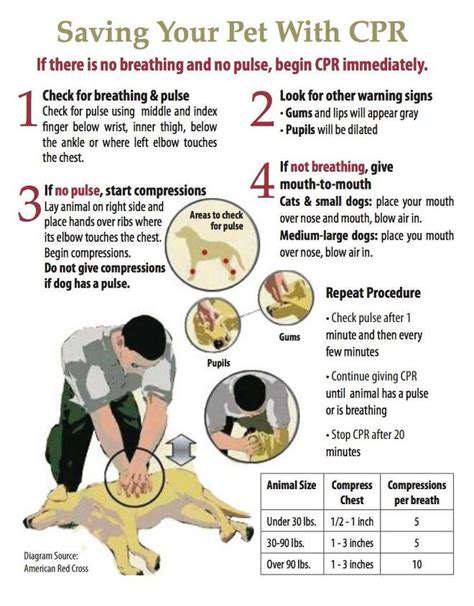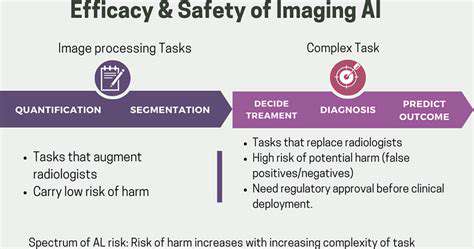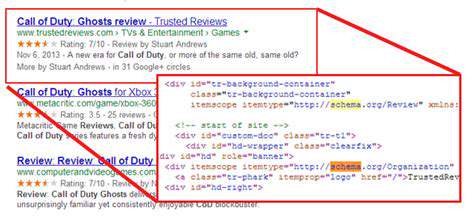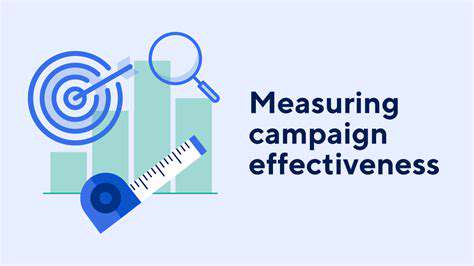Leash Training Your Dog: Enjoyable Walks
Understanding the Root Cause of Pulling
Pulling on the leash is a common problem for dog owners, often stemming from a combination of factors. A dog might pull because they're excited about the world around them, experiencing anxiety or fear, or simply haven't learned the appropriate cues for walking calmly on a leash. Identifying the underlying cause is crucial for developing effective strategies. Is your dog pulling because they're anticipating a fun encounter with another dog, or are they stressed by the environment? Understanding the specific triggers can significantly improve your training approach.
Sometimes, pulling can also be a learned behavior. If your dog has previously gotten what they wanted (a treat, a sniff, attention) by pulling, they've reinforced that behavior. Recognizing this pattern is essential to breaking the cycle. Addressing the root cause, whether it's fear or learned behavior, is vital for long-term success in leash training.
Building a Strong Foundation with Basic Obedience
Solid obedience skills are the cornerstone of successful leash training. Commands like heel, stay, and come are essential for teaching your dog to walk politely beside you. Consistent, positive reinforcement is key throughout this process. Start in a controlled environment, rewarding your dog for walking calmly beside you. Gradually increase the difficulty by introducing distractions, like other dogs or interesting scents.
Practice sessions should be short and frequent, keeping your dog engaged and motivated. Focus on positive reinforcement methods, rewarding desired behaviors with treats, praise, and affection. This positive reinforcement approach fosters a strong bond and makes training more enjoyable for both you and your dog.
Using Leash Handling Techniques Effectively
Proper leash handling is crucial for preventing your dog from pulling. Instead of reacting to your dog's pulling, use a gentle but firm approach. If your dog pulls, immediately stop walking and wait for them to settle. Then, resume walking only when your dog is walking calmly beside you. Avoid jerking or yanking the leash, as this can be counterproductive and even create fear or anxiety.
Using a front-clip harness can be beneficial. This allows for more control and prevents your dog from pulling you in different directions. Experiment with different leash styles and lengths to see what works best for you and your dog. Consistency in your leash handling is key to your dog's understanding of what you expect.
Implementing Positive Reinforcement Strategies
Positive reinforcement techniques are essential for shaping your dog's behavior. Reward your dog for walking calmly beside you with treats, praise, and petting. This positive reinforcement builds a strong association between calm walking and positive experiences. Gradually increase the duration of calm walking sessions, rewarding your dog for maintaining good behavior.
Use high-value treats strategically to reward desired behaviors. This makes the training experience more motivating for your dog. Pair verbal praise with physical affection and rewards. This reinforces the positive connection between good behavior and positive outcomes. Remember to keep training sessions short and enjoyable, focusing on progress rather than perfection.
Addressing Anxiety and Fear
Sometimes, pulling stems from underlying anxiety or fear. If you suspect this is the case, consult with a certified dog trainer or veterinarian. They can help identify the source of the anxiety and recommend appropriate strategies for addressing it. Creating a calm and predictable environment can help reduce anxiety.
Gradually expose your dog to potentially anxiety-inducing stimuli in a controlled manner. This gradual desensitization can help your dog overcome their fear. Remember, patience and understanding are essential. Addressing anxiety and fear requires a specialized approach and should be done under professional guidance, if needed.

Troubleshooting and Addressing Challenges
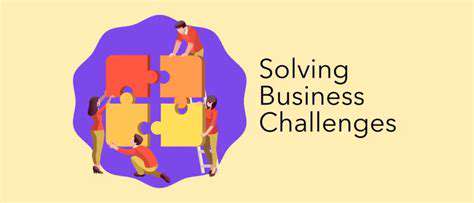
Common Cha Issues
Many common problems with the Cha system stem from simple user errors, such as incorrect input parameters or network connectivity issues. Understanding the typical causes of these problems is crucial for quick resolution. These issues often manifest as delays, errors, or outright failure in the expected functionality of the Cha system.
For example, if the Cha system is not responding to commands, a thorough check of the network connection and input parameters is essential. A misconfigured firewall or a temporary network outage can also lead to Cha system malfunctions.
Network Connectivity Problems
Reliable network connectivity is paramount for the seamless operation of the Cha system. Interruptions or instability in the network can lead to timeouts, dropped connections, and ultimately, failure to complete tasks. Troubleshooting network issues often involves checking the router, cables, and network settings, ensuring the device is properly configured and connected.
Verify your internet connection and ensure all necessary ports are open for Cha system communication. This includes checking for any network congestion or interference issues.
Input Parameter Errors
Incorrect input parameters can lead to unexpected results or errors in the Cha system. Carefully reviewing and verifying the input parameters used in commands is essential for successful execution. Misspellings, incorrect data formats, or missing values are common causes of errors.
Double-check the documentation for the specific parameters required by each Cha command. Providing accurate and complete data is vital for avoiding issues.
System Configuration Issues
Problems with the Cha system's configuration often arise from outdated software, missing components, or incompatible settings. Ensuring the system is running the latest software versions and has all necessary components installed is crucial for optimal performance. Inconsistencies in the system's configuration can result in unexpected behaviors or errors.
Regular system updates and configuration checks are essential preventive measures against these types of issues.
Software Compatibility Issues
The Cha system might encounter incompatibility issues with other software or hardware components. Conflicting software versions, driver problems, or even outdated operating systems can impact the Cha system's functionality. Proper software compatibility checks are necessary to ensure that all components are properly integrated and functioning correctly.
Security Concerns
Security breaches or unauthorized access attempts can compromise the Cha system. Regular security audits and the implementation of robust security measures are essential to protect the integrity and confidentiality of the system. Monitoring for suspicious activities and promptly addressing any security vulnerabilities are vital steps.
Keeping the system updated with the latest security patches and employing strong passwords are crucial for preventing security breaches.
Read more about Leash Training Your Dog: Enjoyable Walks
Hot Recommendations
- Customized Sleep Schedules: AI Driven for Sustainable Rest
- Crafting a Personalized Productivity Plan for Mental Clarity
- Sustainable Self Compassion: Cultivating Kindness Towards Your Mind
- Sustainable Productivity Hacks for the Busy Professional
- Sustainable Wellness for Parents: Balancing Family and Self Care
- Data Informed Self Care: Designing Your Personalized Wellness Strategy
- Sustainable Wellness for a Purpose Driven Life
- AI Assisted Mindfulness: Personalized Meditations for Deeper Practice
- Building Inclusive Mental Health Services: Key Initiatives
- AI Powered Self Care: Customizing Your Routine for Maximum Impact

